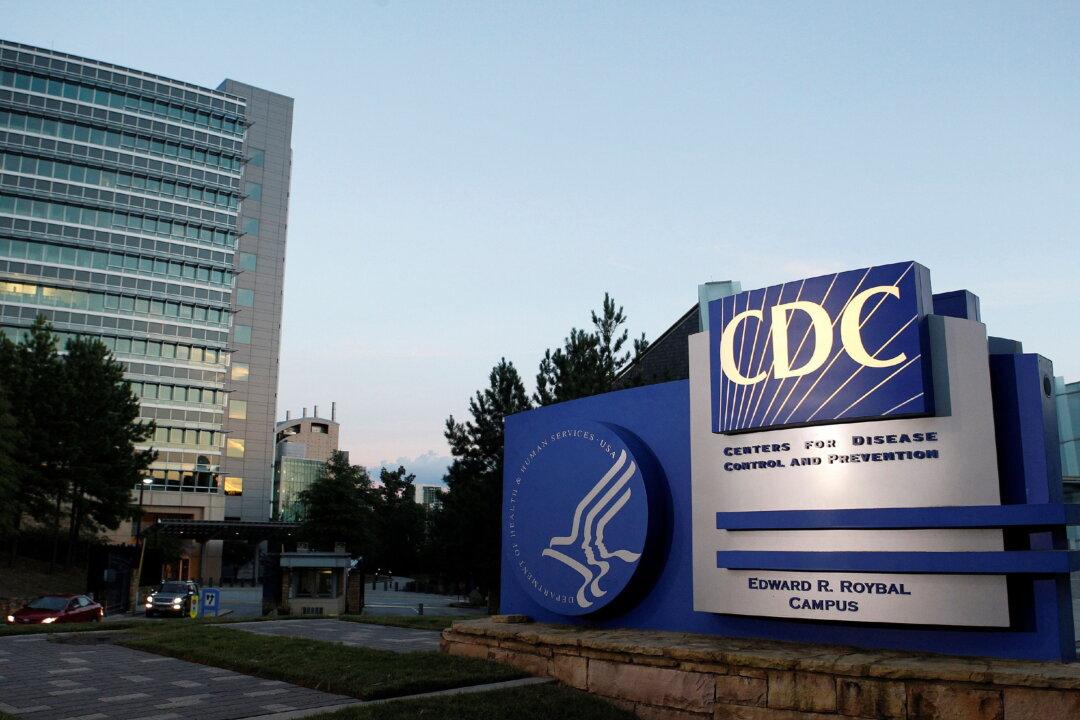A drug that’s helping millions of people with opioid or alcohol dependence is also being used to treat those suffering symptoms of long COVID.
Naltrexone has been around since 1984 to treat opioid or alcohol addiction. Given in high doses of 50-milligram tablets or a 380-milligram intramuscular injection, the drug works by binding to opioid receptors in the brain to block the effects—especially the urges and cravings to use—of opioids and alcohol.






